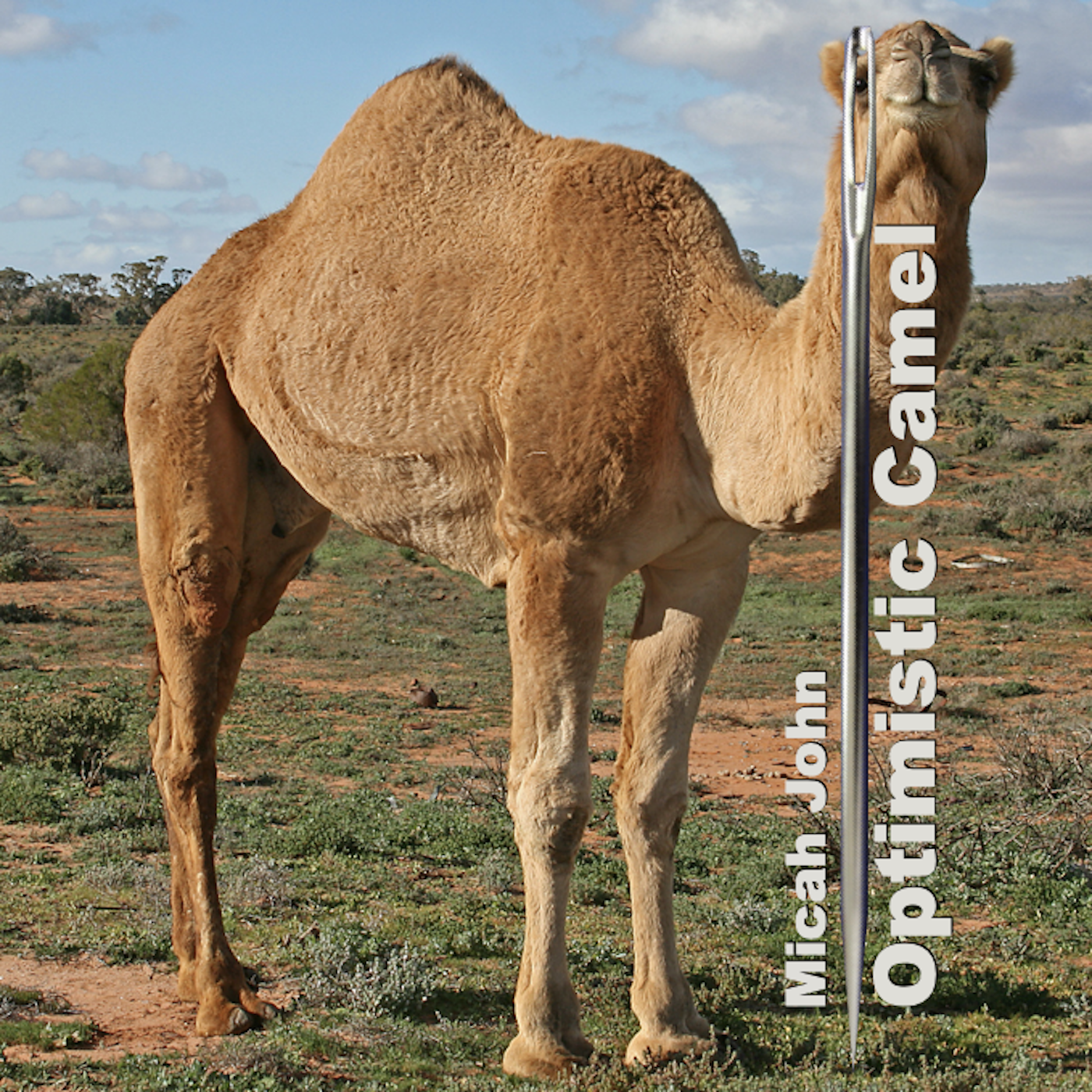At the start of the school year I took video of each of my students saying “My name is . . ., My nickname is . . ., Please call me . . .” The intent of this was to hear the students saying their own name, their own nickname (which every Thai person has, and is the name used by those close to them), and to learn which of their two names my students would like me to call them.
Generally in the school environment teachers call students by their real name. But in the English Program (EP) where I work many of the students prefer to be called by their nickname. There are a number of possible reasons for this: 1) EP classes are half the size of the main building classes (60 students) so the teacher gets to know the students better and therefore has more reason to use the more intimate nickname; 2) Western teachers in EP are less formal in their approach to their students than Thai teachers are. Again the nickname corresponds with this less-formal relationship; 3) Perhaps most significantly, nicknames in the mouths of foreigners are often less butchered than real names. The nicknames tend to be only one syllable. Also, a number of the students have English words for nicknames (e.g. Benz, Cookie, Beauty, Golf, Glass, Cartoon).
All that to say, as I was taking these videos, instead of telling me 1) Their name, 2) Their nickname, and 3) Which of these two they would like me to use, a few of my students got the bright idea that they would tell me 1) Their name, 2) Their nickname, and 3) a third, separate name. A number of these were minor alterations: Mook became Mooko; May became Maylee. However, four of these were names I had never heard before. These names drew laughs every time they were used. I worried a little that my students were having me call them something profane, so I checked it out with some Thai teachers. They didn’t recognize the names. Their best guess was that they were Korean musicians or movie stars.
A few weeks ago one of these students (who was having me call him Kao Lam) was still laughing when I called him that. I asked him what it meant. He said “Teacher do you know ‘Kao’” while making two horns on his head with his fingers. I answered “Yes I know ‘cow’.” And I thought I had the answer to my question. He had made a joke of a name using English and Thai together (‘Lam’ means ‘sharp’). I thought he was calling himself the Sharp Cow.
However, last week I learned that I was still missing what was going on. One of the Other students, who had asked to be called by a strange name (Tao Pui), asked me if I was familiar with the Harry Potter books. I answered in the affirmative. It was then revealed to me that these four students were going by the names จันทร์เจ้า, เขาà¹à¸«à¸¥à¸¡, เท้าปุย, and หางหนà¸à¸™ (Moony, Prongs, Padfoot, and Wormtail) the nicknames of four Harry Potter characters. When Kao Lam asked me “Teacher do you know ‘Kao’,” He was asking me if I knew that ‘Kao’ is the Thai word for horn. He was not asking me if I was familiar with the meaning of the word ‘cow.’

Leave a Reply